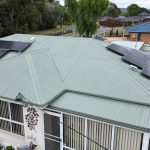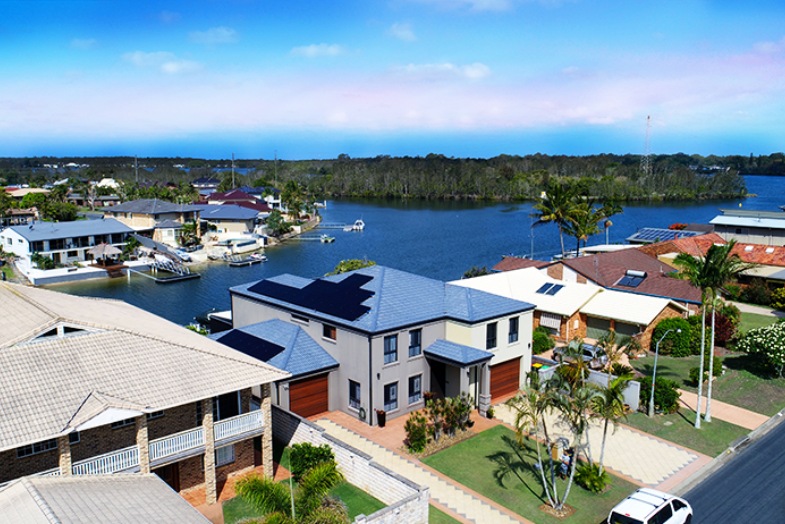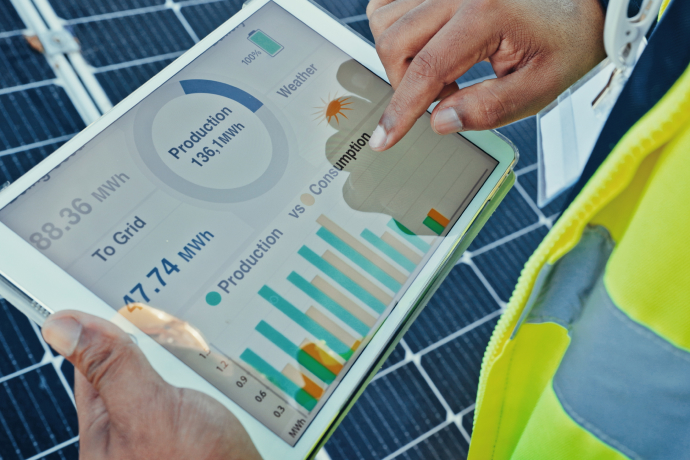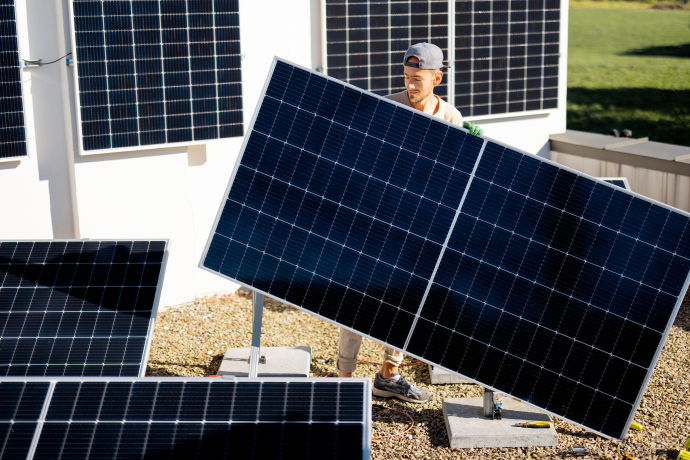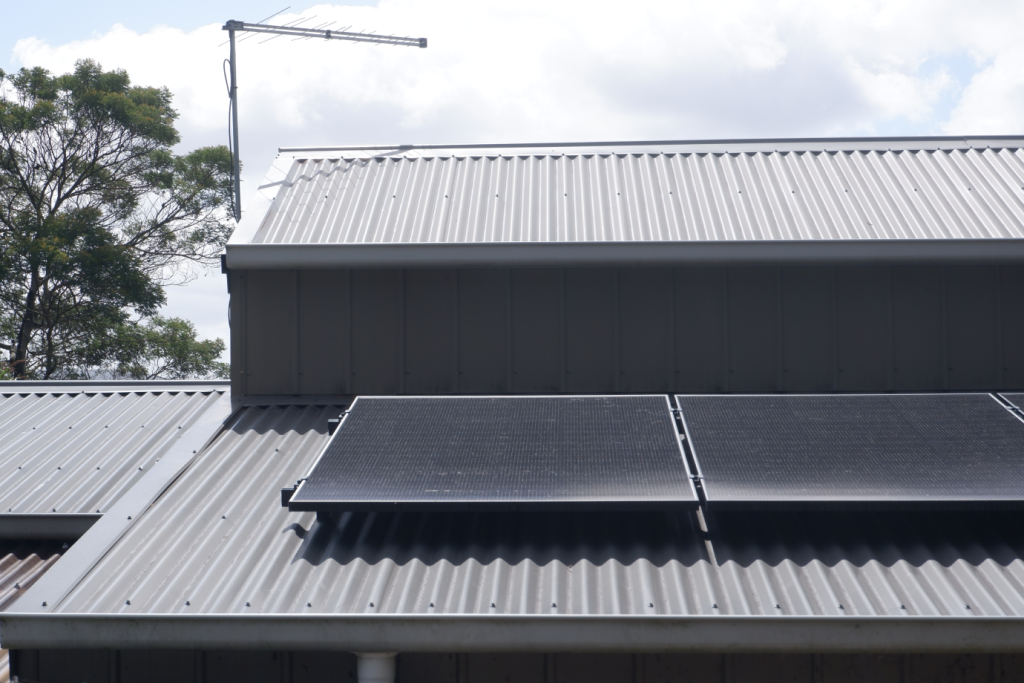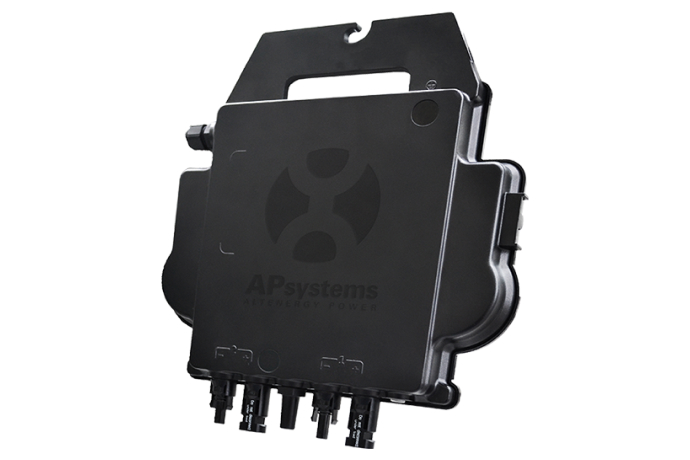Rural Australia: it’s said to be Australia’s heartland, even though the vast majority of Aussies hug our vast coastlines. Surrounded by seemingly endless tracts of land, rural Aussies revel in access to a personal space enjoyed by few.
With the gift of space comes the tyranny of distance. Along with the trials and tribulations of farming and agriculture, the complications of residing in the middle of nowhere takes creativity and resilience. It’s these traits that have earned rural Australians their salt of the earth recognition.
Driving past outback Aussie pastures reveals the hallmarks of the ancient skills of farming. Now, however, old iron shearing sheds and antique grain silos sit alongside the modern wonders of satellite driven combine harvesters. Cows amble for morning milking passing casually by a microwave communication tower.
The subdued pace of yesteryear is palpable, but the encroach of cutting edge technologies stands prominently, if a little sporadically.
Of late, you’ll not travel too far before you see a milking shed with a huge shiny solar array. The old homestead just a paddock away has one too. For that matter, so has the most important building in the sleepy rural town: the pub. It’s a curious looking anachronism. However, these solar sights are an exception.
Isolation traditionally makes delivering utilities complex and expensive. It’s still the case today, despite all our fancy technologies. That’s why solar power is shaping up to be the perfect fit for rural Australia. It seems well suited for the rural lifestyle and culture where independence is as valuable as mains water is to us townies.
But is solar power capitalising on a ready niche in outback Australia. Isolated communities aren’t new to micro-grids. However, one might expect sun-driven micro-grids might be more prominent now. A few homesteads are enjoying energy independence, and some rural industry leaders are embracing the benefits of solar savings, while wrestling a new level of power autonomy from the volatile main grid.
So why is solar not as yet the first choice for domestic and industrial energy consumption in rural and outback Australia?
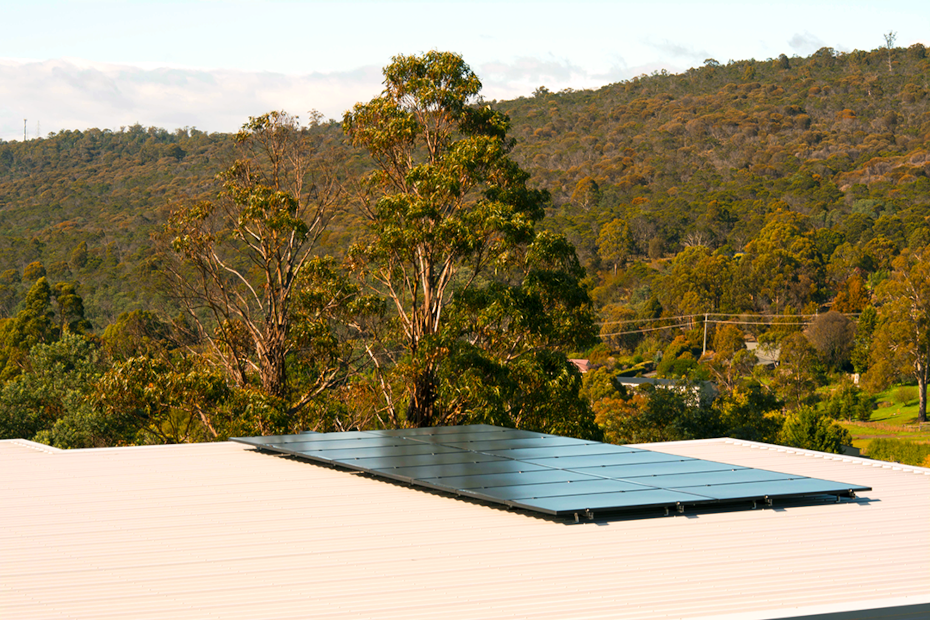
The Rural Off-Grid Argument
Solar technology is now at a point where isolated dwellings, communities, and businesses can run independent of the grid. What’s more, thanks to significant advances in solar batteries, it can be done with a bankable level of reliability.
Even though battery technology is yet to reach its affordable peak, it’s certainly of a standard where electricity demands of most volumes can be serviced.
On paper, solar for the isolated would seem a no brainer. In reality, however, it’s not so simple.
For many Aussies, solar is now part of the utility fabric. Rooftop solar uptake has punched well passed 3 million users, and continues to grow. However, few of us think of solar in terms of the realities of complete electricity independence.
Electricity independence, relative to the security of grid supply, is next level. An off-grid solar installation requires more complex planning, and more advanced technologies. And there’s an argument to suggest the solar industry and the government haven’t done enough to earn the trust of most rural power consumers.
Power reliability for the isolated is indeed key. Affordable up-front costs is another essential factor. And what about access to solar technicians and electricians? Access to a range of services is traditionally problematic in the outback.
And is modern solar technology conducive to the DIY problem-solving capabilities of your average farmer? Kicking a grumpy generator into action was a skill learned early in life. Problem solving is in their DNA. But can they fix a solar battery on which their daily work and living is meant to become completely reliant?
Solar and its pundits could probably answer in the affirmative, “sure, we can support them.” What’s more, there’s a willing contingent of rural and isolated Aussies who agree. Even though they may have reservations about power security, they can see through any teething issues to the significant benefits.
Farmers are very used to standing astride, the traditional – tried and true, and the potential in modern farming paradigms. Now, this includes power supply.
To reach a greater level of solar power independence in the outback, it would seem that the solar industry, the government, and electricity retailers could do more to foster a greater level of solar trust.
The Aussie solar industry itself is a stunning example of how government incentive can turn what was a fringe industry into an important player in our national power fabric.
A united front from the key players with supporting policy from all levels of government could foster a far more significant number of electricity independent rural citizens.
There’s potentially huge economic benefits in grid independence. What’s more, without the need to transport mains electricity across countless thousands of miles to service a few homes, supply costs could be reduced, delivering benefits for all mains electricity users. Without the need to service distant power infrastructure. Cost could be reduced significantly.
We’re barely scratching the surface of the off-grid solar potential in the outback. The seed has been planted, but the trick is to reach some sort of consensus that facilitates a united push to encourage greater off-grid uptake in our rural heartland.
The Benefits Of Micro-Grids
A micro-grid is simply a much smaller version of the electricity grid most of us know, and to which we connect for electricity supply.
There are some significant differences, however. The main grid receives electricity from a central location. A huge, baseload power plant, usually coal driven, that delivers power to millions of homes via a complex network of cables.
A micro-grid is almost always independent from the mains grid. They are used to power small isolated communities, where distance and other geographical situations prevent mains connection.
Traditionally, micro-grids are powered by large diesel generators. Usually at a significant cost, irrespective of subsidised diesel fuel. A good example is tropical islands.
Many of the islands on the Great Barrier Reef are not connected to the mainland. All the island and resort facilities are run on diesel generators. Accommodation connects to bars, to pools and gyms, restaurants, and so on. This is a micro-grid.
Micro grids are not new in the Aussie outback. They’ve been essential for decades. However, the rapid rise of solar and battery technology could deliver a massive shift in the traditional fuel oil approach.
A small community of 20 homes and businesses might connect to a modest central solar array. This solar array can feed everybody. To add to this, each home might have a solar array on their roof, offsetting the electricity required from the larger central array.
This is all well and good for sunny days, but what happens when the sun doesn’t shine? This is where a central battery, supplemented by individual batteries on homes, can work in concert to deliver electricity consistency and reliability.
The Tesla battery is a perfect example of the type of system required, but on a much larger scale. Battery power deals in dispatchable power. That power can easily be dispatched or withheld instantly based on demand. That’s something coal driven baseload power stations simply can’t do.
There’s huge environmental benefits, incredible cost savings over time, and communities can have autonomy over electricity generation.
But who will maintain the solar infrastructure? Who manages service requirements? And what happens when somebody is drawing the lion’s share of the stored electricity, and compromising other community members? Yes, issues.
Such infrastructure projects require investment, and solutions to the concerns mentioned above. This is where combined leadership on a federal and local level is required to press the obvious benefits. As far as the solar industry is concerned, there are plenty of solar companies ready to sell their wares.
Sun powered micro-grids present affordable solutions to power issues that have plagued remote Australia. Micro-grids already power many remote communities. With the right focus and leadership, these critical utilities can quickly convert to cheap, sustainable, and renewable solar power.
For many remote citizens already sold on sun technology, it is the energy independence that underpins their enthusiasm. For those concerned about the change, trust, and the many unanswered questions are still barriers.
The Changing Power Paradigm
2020 has been all about the pandemic. Media and political focus have been all about COVID. Because of this, we may have forgotten that Australia is still yet to solve the many issues dogging electricity prices, and power policy in general.
Power policy, or the lack there-of, is often blamed for the toppling of a prime minister, and the loss of an election. In Australia, the conservative side of politics are keen to exploit our fossil fuel reserves to deliver cheaper electricity to Australians.
The political progressives demand a rapid transition to renewables, and argue the cost of not changing is unthinkable.
Sitting in the middle of the political debate are power related industries just looking for a little consistency in policy and direction, to be able to know how to plan and invest.
While this seemingly endless political hullabaloo carries on, Aussies are taking advantage of solar rebates and the solar industry explosion. While the industry argues, Aussie citizens are installing solar in record numbers.
But what about rural Australia. What about those whose power security is far more complex than Aussies in the big cities.
It’s fair to say our outback Aussies are pretty down-to-earth people. To quote Hamlet, they know a hawk from a hand saw. They’re not fond of political indecision, having their concerns and opinions dismissed, and they’re very cautious of industries that might impact the land.
Truth is that both the renewables industry and the fossil fuel industry impact the land. In many cases the impacts are significant. If drought and distance weren’t enough, they now have to deal with mines, solar farms and wind farms impacting their land.
Clearly, renewables such as solar farms and wind farms have a far lesser impact. While some outback Aussies are all for renewables, others see another power industry looking to encroach on their delicate arable land.
One can understand the high level of mistrust. Politically polar arguments and partisan media blur the many issues fanning widespread doubt.
The power/electricity issue is a huge one, and it covers many issues within issues. There’s the much broader situation of an Aussie and worldwide energy paradigm shift. Next to the big picture are land hungry solar farms and wind farms, that make rural Aussies very suspicious…Not on my land you won’t.
By association, solar powered micro-grids with new fangled high tech batteries, are also an issue for the renewables skeptics. As are the full gamut of renewables solutions.
The major problem is that rank and file Aussies tend to conflate all current energy issues. Getting solar on your roof is very different from building a massive array across two hectares, or expanding a coal mine. Mistrust of the energy industry in general often leads people to mistrust solutions that would actually benefit them.
People are suspicious for a reason. However, justified concerns about big picture energy issues are unfortunately projected across the industry. In that regard, the solar industry and government leadership need to manage renewables perceptions as opposed to the reality.
A Renewables Transition Is Inevitable
The renewables march has begun, it won’t be stopped, and solar is certain to be a part of it. It’s not about the environment, and it’s not about some grand conspiracy involving nefarious governments and corporations. It’s actually far less exciting than that.
Fossil fuel is the technology of our grandparents and great grandparents. In reality, the principles of the fossil fuel technologies are archaic. Just as we moved on from steam, whale oil and horse transportation, we’re moving on from fossil fuels.
The transition will take quite some time, and fossil fuels will remain integral for the duration. But you can rest assured that new renewables and solar companies will be out to compete for market share, just as their fossil fuel predecessors did all those years ago.
It is inevitable we will move away from fossil fuels (there is only so much on the planet) and into the future of sustainable energy. Whether we lead that transition, follow it, or it’s forced upon us, is the only real control we have in this situation.
Ultimately, what is important is that rural Australians separate themselves from the renewables white noise and political intrigue – so as to take control of what we can with clarity and certainty. What is equally important, is that governments and large solar companies don’t get lost in the big picture. It’s important to continue to invest, support, subsidise and innovate these new solar technologies that deliver a litany of lasting benefits to rural Australia.
Individual health, community health and financial benefits are just a part of the solar spoils. For those embracing solar now, the fast arrival of electricity independence allows them to avoid reliance on an industry that is in the midst of a massive energy argument.
Independence is self-determination. And self determination is excellent for business and living in general. These may sound like lofty outcomes for a humble solar panel, but it is reality.
There are currently billions of dollars invested in large scale solar projects in NSW alone. These large scale projects present many rural Australians with conflicted interests. Such issues will continue.
It’s critical the solar industry continues to make headway in rural small business and small communities, delivering individual solar benefits on a smaller scale. The community needs to understand the difference between large and small scale energy projects and low impact projects, that deliver all the benefits of solar without the politics, controversy, and conflict.
Conclusion
Solar is a good fit for rural Australia. The benefits are such that pragmatic outback citizens will contextualize the politics, and focus on what is best for remote and isolated individuals and communities, as they always have.
From sun powered micro grids, to servicing the most remote communities, to solar driven milking sheds. Solar solutions can be tailored to service just about every electricity requirement in the outback.
Yes, there are issues to contend with. Yes, relative to the city, there are few electricians and solar experts on call. However, solar technology is as reliable as a daily sunrise. Battery storage technology is already at a point that it can stand alone without the need for diesel backup.
Solar isn’t in any way difficult, but granted, transition can be. Going the whole hog, shutting down the generators, and cutting off the grid is a lot to take on. But solar will work perfectly in concert with your existing power. The transition needn’t be anything but gentle, incremental, and in sympathy with your budget.
For some in rural Australia, the intrigue coming from current renewables noise is a little off-putting. For others, the benefits of solar have already made a positive impact on community cohesion, health, and electricity independence. It has also delivered financial benefits for businesses, families and individuals alike. At the end of the day, most rural Australians with access to the grid, running solar and grid power just makes sense.

